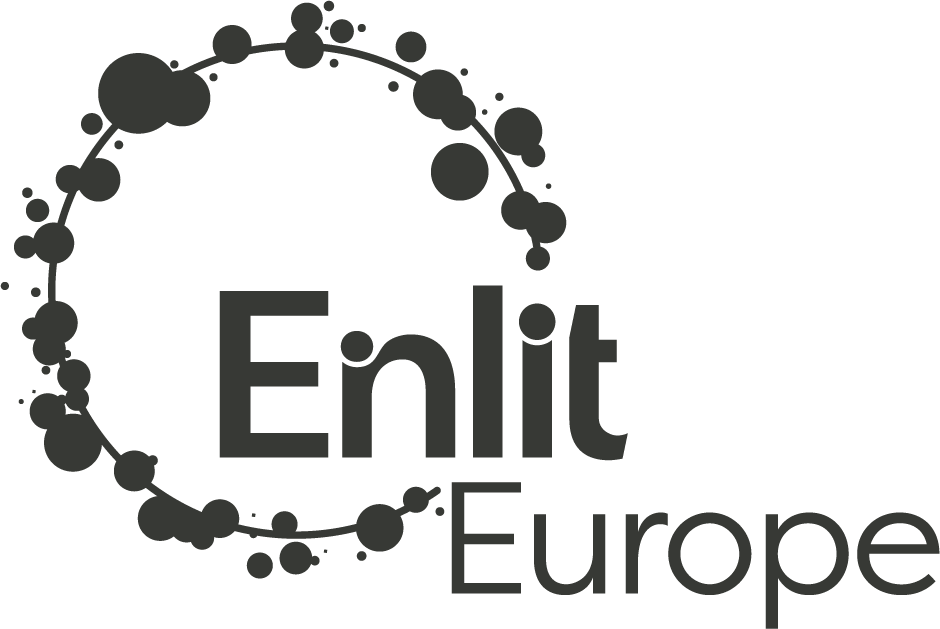In order to tap the great potential held by carbon capture and utilisation (CCU) to decarbonise hard-to-abate sectors, the industry must learn to successfully navigate Europe’s complex regulatory context.
So said Célia Sapart, Director Communications and Climate Science – CO2 Value Europe, at an Enlit Europe session that provided practical insights into how CCU technology can make a positive, decarbonising impact across various sectors, from aviation to chemicals.
In order to drive the development and commercialisation of CCU technology, Sapart called for the right legislative context.
The EU Green Deal has recognised that CCU is a key strategy to mitigate climate change and has launched several instruments to drive the sector.

Said Sapart: “When considering the regulatory framework, it’s a complex landscape. CCU is discussed in many different instruments and we need to identify where CCU can play a role.”
Within the Fit for 55 package, there are several instruments that will impact the use and development of CCU across the EU said Sapart, such as EU ETS revision, REDII revision, ReFuelEU Aviation, FuelEU Maritime and the Energy Tax Directive revision.
“The EU ETS now finally recognises that CO2 that is permanently sequestered in a material via CO2 mineralisation can be excluded from the obligation to surrender emissions allowances. This is a very important step – we are happy it’s going in the right direction”.
Sapart suggested that if the policy context is navigated effectively, there are many opportunities for decarbonisation across several sectors.
In the chemical industry, CO2 can be used as an alternative carbon feedstock to de-fossilize the chemical industry.
In the building materials sector, it can allow for storage of CO2 in materials, giving rise to new business models.
And in the energy sector, it can de-fossilise heavy-duty transport, such as aviation and maritime, but also allows for more update and storage of renewable electricity.
Aviation fuels
Sapart provided insights into how CCU can decarbonise the aviation industry.
“The idea is that we can capture CO2 from planes and use it as e-kerosene, thereby reducing emissions. At a later stage, we can also capture the CO2 directly from the air and put it back in the circle to create e-kerosene. This is the idea behind creating zero-emissions flying”.

According to the latest research, said Sapart, up to 10% of the current net CO2 emissions could be utilized as e-fuels.
CO2 mineralisation
Another important path to consider is CO2 mineralisation.
Have you read?
The importance of power flexibility to reach net zero
‘The energy sector is ripe for disruption’ says Siemens chief
‘Pragmatic approach’ needed for energy transition – Italgas chief
Sapart explained that this allows us to create building materials with CO2. Traditionally, the carbonation plant uses fossil energy and limestone to create building materials. When the material is destroyed it goes to landfill.
With CO2 mineralisation, the idea is to use reactive waste that would usually go to landfills, combine it with water and carbon dioxide to create calcium carbonate, or new building materials.

The aggregates can sequester CO2 permanently and act as a cement substitute, said Sapart, which is important as cement is a carbon-intensive product.
“This process ultimately makes the materials stronger and more sustainable and will reduce the number of landfills.”
Impacts of CCU
Sapart highlighted five critical impacts:
- Can aid reaching net zero negative emissions
- Alternative carbon feedstock
- Circular and waste management
- Sustainable and resilient industry
- Strorage and transport of renewable electricity
Sapart concluded by emphasizing that many CCU technologies are ready for large-scale deployment, although there is still a need for research to improve the electrolysers and materials in various power-to-x applications.
The great thing about CCU technology is that it can be used immediately without a huge change to infrastructure – thereby having a positive impact on hard-to-abate sectors.
“It’s not a magical solution, but it is a very important solution, especially for sectors with unavoidable emissions.”

We can’t wait to see you in Milan
Enlit Europe will bring the energy community together during the live event in Milan (30 November – 2 December 2021). Register here










